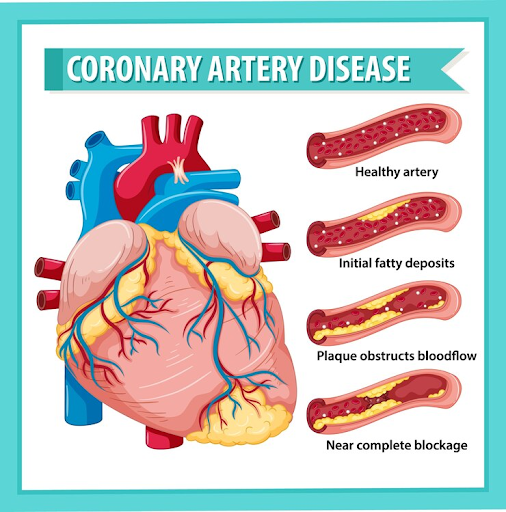Heart disease is the major cause of death in America. It also contributes significantly to disabilities. Various effects can increase your danger of heart disease. They are called dangerous aspects. There are many of them that you can manage, but there are some that you cannot manage.
Studying about them can reduce your risk of heart disease. You can prevent cardiovascular disease by following a heart-healthy lifestyle.
There are five ways to prevent cardiovascular diseases.
Exercises and Personal Trainers
People can do many distinct types of exercise to support people with cardiovascular diseases. However, resistance training and aerobic exercise are important disciplines. Aerobic cardiovascular exercise comprises jogging, walking, cycling, swimming, and fighting. These actions involve most of the body’s muscle groups and recover the role of the heart.
However, it must be ended with control, particularly if somebody has cardiovascular disease. A usual aerobic practice is a 10-minute warm-up, straightening, cycling, or slow walking. A 20–30-minute cardio workout follows, concluding with a 5-minute cooldown.
The next exercise is resistance training, which involves lifting weights with various resistance appliances. Your trainer will introduce you to this apparatus and benefit you with your training routine without using physical effort. A personal trainer for cardiovascular diseases can be fully supportive.
Improving Sleep Durations
Research has revealed that sleep is a vital factor in cardiovascular health. Heart disease is linked to excessively short or extended sleep durations. These diseases can harmfully affect other heart-related hazards like dietary intake, exercise, weight, blood pressure, and inflammation.
Several reasons are causing poor sleep, including clinical sleep conditions or poor sleep hygiene. Consult a doctor for restless nights or lack of daytime rest. Improve sleep habits by setting a schedule, exercising regularly, and avoiding electronic devices and heavy meals.
Manage Your Diabetes
You have more risk of developing CHD if you have diabetes. You can lessen the danger of heart issues by being physically energetic and controlling your weight. Regular blood pressure, cholesterol, and blood sugar (HBA1C) testing is also crucial.
If you are under 80 years old and have diabetes, your blood pressure should be less than 140/90 mmHg.
Control High Blood Pressure
Try maintaining your blood pressure at 120/80 millimeters of mercury or below. According to your physician, your blood pressure goal may vary based on your age and medical history.
To control your blood pressure, you should follow these steps:
- Maintain a low-sodium diet.
- Have a weight that’s good for you.
- Limit alcohol intake.
- Take medication if your provider suggests it.
Echocardiography
Heart Health Testing, such as echocardiography or echo, is painless. It uses sound waves to make moving images of your heart. The images display the size and shape of your heart. They also display how healthy your heart’s chambers and valves are operating.
Specialists use an echo to analyze many diverse heart difficulties and determine their level of seriousness. For the test, a specialist puts gel on your chest. The gel supports sound waves that arrive at your heart.
The specialist passes a transducer (wand-like device) around on your chest. The transducer is attached to a computer. It spreads ultrasound waves into your chest, and the waves recover echo. The computer changes the echoes into images of your heart.









